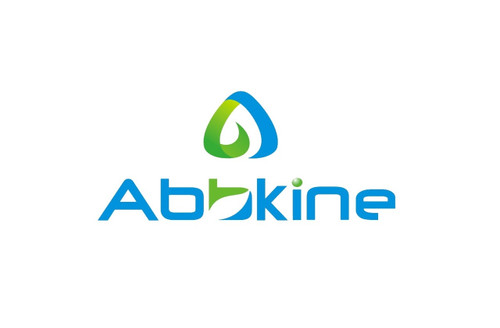Product Description
Human Basic salivary proline-rich protein 3 (PRB3) ELISA Kit | AE26124HU | Abebio
Species Reactivity: Human (Homo sapiens)
Abbreviation: PRB3
Alternative Name: G1; MGC116862; MGC116863; MGC116864; PRG; BstNI type basic salivary proline-rich protein 3|G1 parotid salivary glycoprotein
Application: ELISA
Range: 1.25-80 ng/mL
Sensitivity: 0.52 ng/mL
Intra-Assay: ≤5.8%
Inter-Assay: ≤10.8%
Recovery: 0, 89
Sample Type: Serum, Plasma, Other biological fluids
Detection Method: Sandwich
Analysis Method : Quantitive
Test Principale: This assay employs a two-site sandwich ELISA to quantitate PRB3 in samples. An antibody specific for PRB3 has been pre-coated onto a microplate. Standards and samples are pipetted into the wells and anyPRB3 present is bound by the immobilized antibody. After removing any unbound substances, a biotin-conjugated antibody specific for PRB3 is added to the wells. After washing, Streptavidin conjugated Horseradish Peroxidase (HRP) is added to the wells. Following a wash to remove any unbound avidin-enzyme reagent, a substrate solution is added to the wells and color develops in proportion to the amount of PRB3 bound in the initial step. The color development is stopped and the intensity of the color is measured.
Product Overview: Basic salivary proline-rich protein 3 is a proline-rich salivary protein. It is a major constituent of parotid saliva. This protein is proposed to act as a bacterial receptor. This gene and five other genes that also encode salivary proline-rich proteins (PRPs), as well as a gene encoding a lacrimal gland PRP, form a PRP gene cluster in the chromosomal 12p13 region.The G1-8 protein variant was found in Ashkenazi Jews with a gene frequency of approximately 0.008 but was not found in the general Caucasian, black, or Japanese populations. Both G1-8, coded by the PRB3 locus, and Pa-1, coded by the PRH1 locus, are disulfide bonded and probably modify salivary peroxidase (part of an important intraoral antibacterial system) through formation of disulfide-bonded heterodimers.
Stability: The stability of ELISA kit is determined by the loss rate of activity. The loss rate of this kit is less than 5% within the expiration date under appropriate storage condition. The loss rate was determined by accelerated thermal degradation test. Keep the kit at 37°C for 4 and 7 days, and compare O.D.values of the kit kept at 37°C with that of at recommended temperature. (referring from China Biological Products Standard, which was calculated by the Arrhenius equation. For ELISA kit, 4 days storage at 37°C can be considered as 6 months at 2 - 8°C, which means 7 days at 37°C equaling 12 months at 2 - 8°C) .
 Euro
Euro
 USD
USD
 British Pound
British Pound
 NULL
NULL








